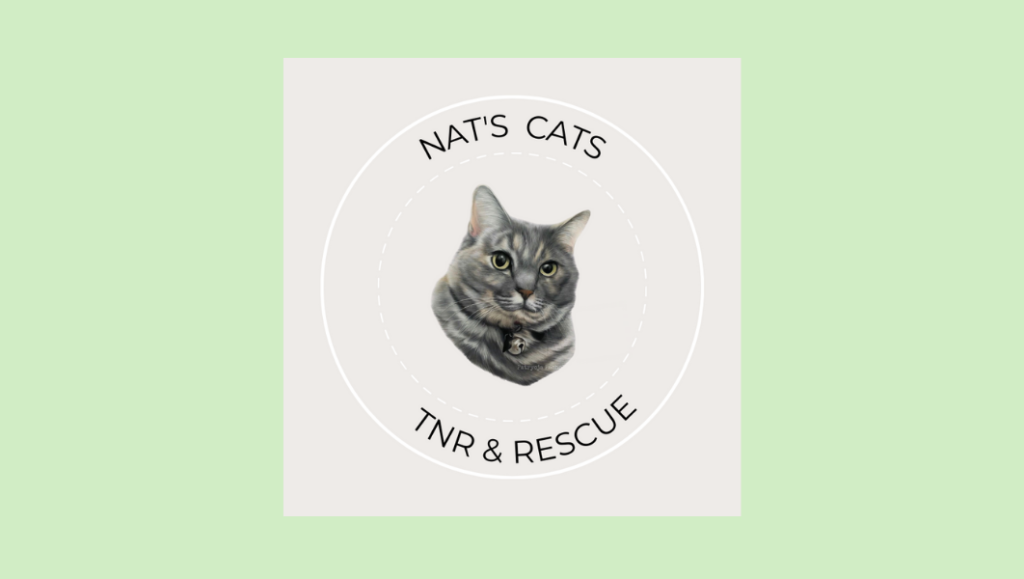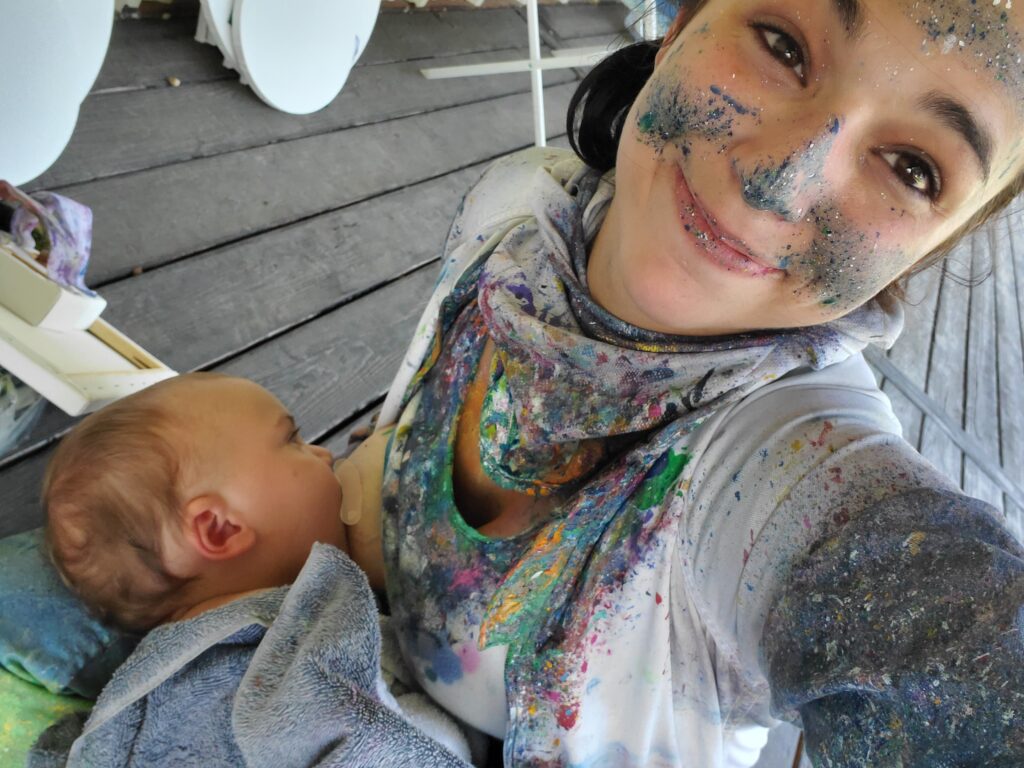
The Humane Society reports that a female cat can produce, on average, 100 kittens during its lifetime. On average, a car has 1-8 kittens per litter, and female cats produce 2-3 litters per year. With these numbers, it’s not hard to understand why the United States has a growing challenge with controlling feral cat populations. It is reported by the People for Ethical Treatment of Animals (PETA) that there are roughly between 60 to 80 million feral or stray cats in the United States. In Dallas alone, it was reported by the Dallas Morning News in 2016 that are about 47 colonies of stray cats in this area alone. This is problematic as these cats often spread and die from contagious diseases like infectious peritonitis, herpes viral conjunctivitis, leukemia and even feline AIDS.
However, according to Nat Cats TNR & Rescue, a cat rescue non-profit organization in Dallas, Fort Worth, several problems associated with the stray cat challenge can be mitigated by simply using the Trap, Neuter and Return method. Natalie Wester, the organization’s co-founder, asserts that contrary to popular opinion, euthanizing stray cats is a short-term solution with long-term implications. Instead, she suggests using the TNR method, which she says is a win-win solution for all.
“So TNR stands for Trap Neuter and Release, and this process essentially entails trapping feral cats then bringing them to the low-cost clinics that will spay and neuter the feral cat, which includes an ear tip on their ear to symbolize that they’re already sprayed,” Natalie Wester said. She also explains that the TNR method is more effective in the long term as it helps prevent unvaccinated cats from neighboring areas from moving into the territory where the euthanized cats used to stay.
“I understand why people think euthanization is an effective control method, but it’s very short-lived because it is an artificial vacuum. Instead, it always happens that after a few years, neighboring cats will move into the area that’s now left behind, and they’ll also bring in things like other forms of disease and nuisance behaviors that aren’t known in the area. We advocate so strongly for TNR because it is proven more effective in the long run, and populations are reduced more significantly. But it also means that the populations left in the area are acting as buffers because if they are vaccinated, they don’t spread disease nearly as much as any other cat population would,” Magnolia Byrne, the organization’s cofounder, says.
Explaining that Nat’s Cats “traps” the cats into the TNR process, Natalie says her organization first starts with monitoring the cats in their natural environment to see where they are, how many colonies are in that area as what, and what their routines are.
“We have a lot of people often reaching out to us and lettings we know that they found stray cats in a certain area. So the first thing we normally do is find out how many cats are in one area. We do this to see if we can establish a feeding routine, and once this is done, and you’ve established where all the cats are in the area, then you can start trapping them by giving them food,” she explains.
She says when the cats are fed, they’re easier to trap and take to get their ear-tip and spay surgery. After the spay surgery, the cats are vaccinated and re-released to the original environment. From the cats that have received TNR, Nat’s Cats then evaluates which one of the cats can be rescued and placed in homes willing to adopt them.
Effecting the procedure also makes the cats more docile, making it easier to find new homes. But more so, the feeding they get from Nat’s Cats makes the animals less prone to hunting birds, which causes a bird shortage. Consequently, this presents problems in the eco cycle and food chain. But if the cats have a stable food source, they are less likely to hunt other animal species for food. Furthermore, they spread less disease in the area. While the ideal scenario is to find every cat a home, Wester’s co-founder, Magnolia Byrne, explains that this isn’t always possible.
“The older a cat is, the less likely it is to be able to domesticate them if they’ve been on the street most of their life. Kittens are easy to rehome and make less feral. So usually, we’ll work on those,” Byrne said.
Their latest success story is with a cat named ‘Baby Doll’, who was rescued in January and was initially very aggressive.
“It turned out that when we spayed her, she was in heat the whole time we had her. After her spay surgery and some time with us, she became a super friendly cat,” Byrne said.
The formation of Nat’s Cats TNR and Cat Rescue has long been written in the stars as the two passionate cat lovers first met back in high school and attended college together. While they share a common passion, they come from different animal backgrounds. Natalie had always been a cat lover as she came from a family that preferred cats to dogs.
“My first ever cat as a child was a little black stray named ‘Rosie’, and she was an outdoor kitty, so I always grew up being a cat lover, specifically a cat lover”, Natalie says.
For Byrne, it was pretty different from growing up, and her parents never allowed her to have pets, despite her deep love for animals. While she, over the years, volunteered at various animal rescues, she had never worked with cats as she was allergic to them.
“It wasn’t until I was way in college and living by myself that I finally decided to get a cat and live by my animal dreams,” she says.
There were furballs along the way, as the Siamese cat she got, which she thought was hypoallergenic, she turned out to be allergic to. However, with much love and determination to raise and keep the cat, she grew her cat allergy tolerance and eventually overcame her allergies.
As the two began to research feral cats and TNR, they realized a gap in the market for their services and then set out to start their organization.
The timing of their venture turned out to be momentous, too, as it came at a time when Natalie had just lost her job owing to the COVID-19 pandemic.
One year and a few months later, since their formation, the duo are receiving calls from individuals and organizations in their area. They continue to make their mark in curbing the feral cat problem in DFW one stray at a time.
They are becoming trendy too on social media networks, as on TikTok alone, they have over 62 000 followers and over 3.7 million likes from users of the platform. On Instagram, their page has gained over 26 0000 followers, which is impressive considering that it was only created on 29 July 2021. They use platforms Facebook, Instagram and TikTok to share awareness and information on feral cats. They also use the pages to promote the cats they need to be adopted, drive their GoFund campaigns, and lobby for donations from public members as they use these funds for surgeries and cat food.
The pair revealed that their plans for the NPO are to build on their social media following, canvass for more funding, and look at other platforms where they may expand their reach.
“We’re going to expand to YouTube and Twitter as well. Also, we are continuing our routine grant applications, which are very important for the livelihood of our organization financially. The main last project for this year will be our calendar, which we are excited about,” Natalie exclaimed.
She adds that they are currently working on photo shoots with their foster cats and believe this initiative will be an adorable way for people to contribute to the organization. Firstly, Nat’s Cats was just awarded 2nd place in the Texas Coalition for Animal Protection 20th Year Anniversary video challenge. They received 2,500 in vet funding to help them continue saving cats and preforming TNR. The second major event they are participating in is protesting a potential law Texas wants to pass regarding TNR. Texas is arguing that the “return” part of TNR is animal abandonment and should therefor not be permitted- this of course would be a tragedy resulting in a ton of cat overpopulation. The organization is advocating for people to email in to legislature with a pre-written email they provide and only have until December 14th to get our emails/opinions in before AG Ken Paxton makes a decision on it.
To find donate, get involved or find out more about their work, which helps save the American government’s municipalities millions of taxpayer’s monies in curbing the feral cat challenge, give their website a visit at https://www.natscatsinc.org/. Also, be sure to follow them on Instagram and TikTok at @natscatstnr. On Facebook, you’ll find them under @natscatstnr.

